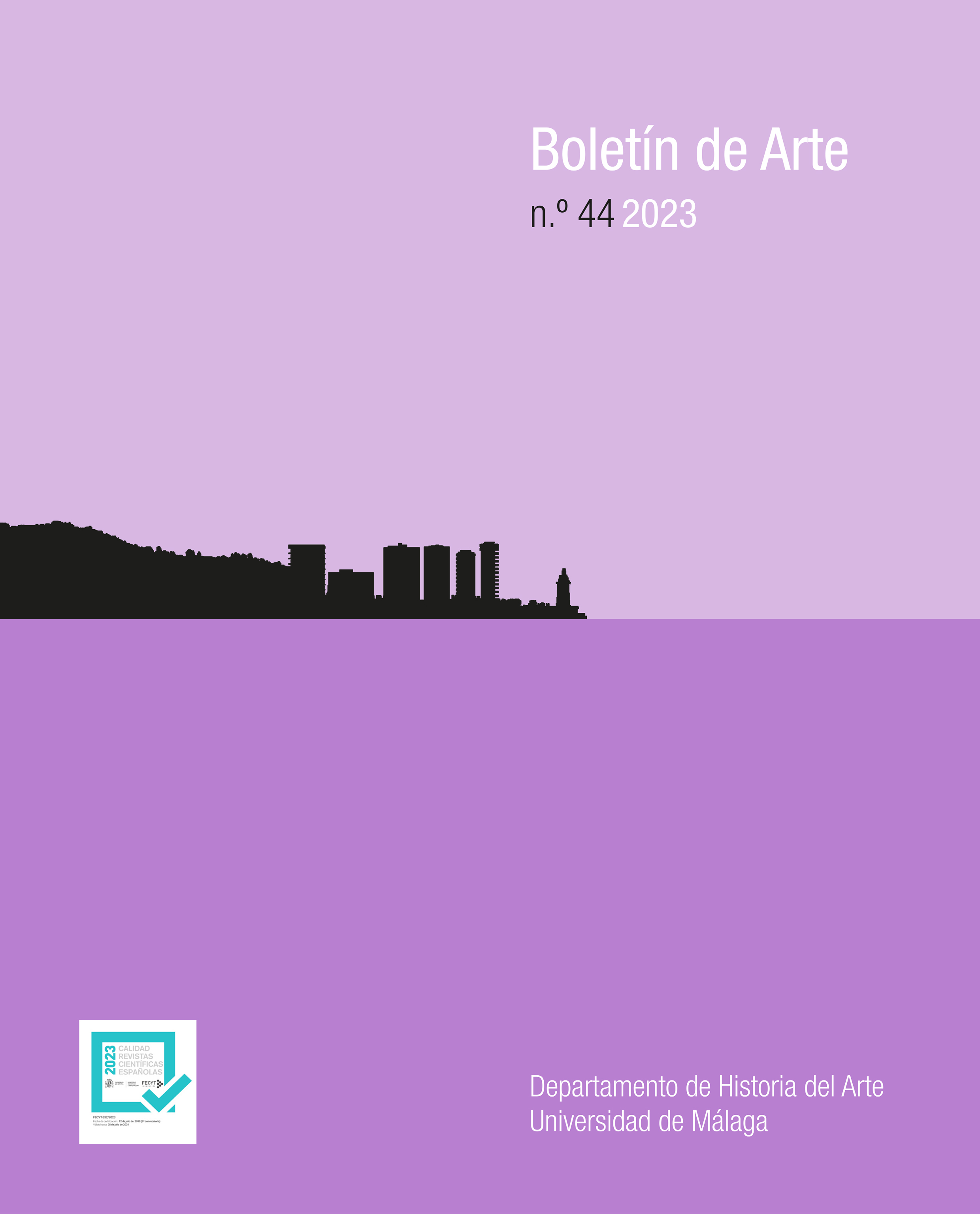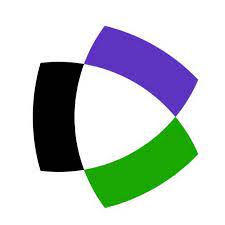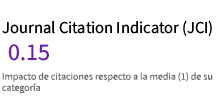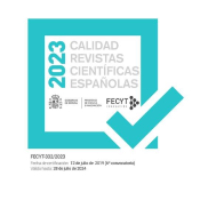Posthuman Diplomacy. On the Place of Artistic Practice in the Anthropocene
Keywords:
Art, Anthropocene, Postnature, Posthumanism, Posthuman DiplomacyAbstract
The term «Anthropocene» groups together multiple formulations of environmental collapse and other forms of planetary crisis. The diagnosis it establishes of the problem and its potential points, on the one hand, to the questioning of the human being’s relationship with the world and, on the other, to a disarticulation of the inherited ways of existing and perceiving. The aim of the article is to identify the theoretical conditions for the setting up of a posthuman diplomacy, understood as a set of relationship management practices in the framework of the Anthropocene and evaluating the role that artistic practice can play in it. Taking Postnature as a frame of reference, the critical discourses around the concept of nature are integrated with the posthumanist revisions of human exceptionalism. The proposal of a posthuman diplomacy as an axis to define artistic practice allows us to understand it as a set of practices of pinpointed.
Downloads
Metrics
Publication Facts
Reviewer profiles N/A
Author statements
Indexed in
-
—
- Academic society
- N/A
- Publisher
- Universidad de Málaga.
References
ALONSO, Christian (2015), «Artistic Practices, Discursive Contexts and Environmental Humanities in the Age of the Anthropocene», Artnodes, n.º 15, pp. 81-89. http://dx.doi.org/10.7238/a.v0i15.2579.
ATKINSON, Dennis (2011), Art, Equality and Learning: Pedagogies Against the State, Springer, Nueva York.
ATKINSON, Dennis (2012), «Contemporary Art in Education: The New, Emancipation and Truth», The International Journal of Art & Design Education, vol. 31, n.º 1, pp. 5-18. https://doi.org/10.1111/j.1476-8070.2012.01724.x.
BENJAMIN, Walter (1934), «El autor como productor», en WALLIS, Brian (ed.), Arte después de la modernidad. Nuevos planteamientos en torno a la representación, Akal, Madrid, pp. 297-310.
BRAIDOTTI, Rosi (2015), Lo posthumano, Gedisa, Barcelona.
BRAIDOTTI, Rosi (2019), «A Theoretical Framework for the Critical Posthumanities», Theory, Culture & Society, vol. 36, n.º 6, pp. 31-61. https://doi.org/10.1177/0263276418771486.
DANOWSKI, Déborah y VIVEIROS DE CASTRO, Eduardo (2019), ¿Hay un mundo por venir? Ensayo sobre los miedos y los fines, Caja Negra, Buenos Aires.
DEMOS, Thomas J. (2016), Decolonizing Nature. Contemporary Art and the Politics of Ecology, Strengberg Press, Berlín.
DESOTO, Pablo (2017), «Indagaciones críticas al Antropoceno», Ecología Política, n.º 53, pp. 113-116.
FRAGA COSTA, Sabela (2021), «Ficciones hacia lo posible: por una política feminista afirmativa», Boletín de Arte, n.º 42, pp. 237-246. http://dx.doi.org/10.24310/BoLArte.2021.vi42.12047.
HALBERSTAM, Jack (2020), Criaturas salvajes. El desorden del deseo, Egales, Madrid.
HARAWAY, Donna (1995), Ciencia, ciborgs y mujeres. La reinvención de la naturaleza, Cátedra, Madrid.
HARAWAY, Donna (2016), Manifiesto de las especies de compañía, Sans Soleil, Vitoria.
HARAWAY, Donna (2020), Seguir con el problema. Generar parentesco en el Chtluluceno, Consonni, Bilbao.
HAUSER, Jens (2018), «Greenness: Sketching the Limits of a Normative Fetish», en LUSHETICH, Natasha (ed.), The Aesthetics of Necropolitics, Rowman & Littlefield, Londres y Nueva York, pp. 97-114.
HICKEY-MOODY, Anna (2016), «Femifesta for Posthuman Art Education: Visions and Becomings», en TAYLOR, Christina y HUGHES, Carol A. (eds.), Posthuman Research Practices in Education, Palgrave MacMillan, Londres, pp. 258-266.
LATOUR, Bruno (1991), «La tecnología es la sociedad hecha para que dure», en DOMÈNECH, Miquel y TIRADO, Francisco Javier (eds.), Sociología simétrica. Ensayos sobre ciencia, tecnología y sociedad, Gedisa, Barcelona, pp. 109-142.
LATOUR, Bruno (2017), Cara a cara con el planeta. Una nueva mirada sobre el cambio climático alejada de las posiciones apocalípticas, Siglo veintiuno, Buenos Aires.
LATOUR, Bruno (2020), «Imaginar el mundo después del covid-19», Cátedra Alfonso Reyes. En: <https://www.youtube.com/watch?v=TOP7HRPl5gM>.
LAW, John (2007), «Actor Network Theory and Material Semiotics» (versión del 25 abril, 2007). En: <http://www.heterogeneities.net/publications/Law2007ANTandMaterialSemiotics.pdf>.
LÓPEZ DEL RINCÓN, Daniel (2020), «El tridente bioartístico. Tendencia biotemática, tendencia biomedial, tendencia bioactivista», en MESA DEL CASTILLO, Miguel y NIETO, Enrique (eds.), Post-Arcadia. ¿Qué arte para qué naturaleza?, CENDEAC, Murcia, pp. 323-343.
LÓPEZ DEL RINCÓN, Daniel y PIÑOL LLORET, Marta (eds.) (2023), Tiempos de Emergencia. Imaginarios, diagnósticos y ecologías, Tirant lo Blanch, Valencia.
MOORE, Jason W. (2015), Capitalism in the web of Life: Ecology and the Accumulation of Capital, Verso, Londres y Nueva York.
STENGERS, Isabelle (2017), En tiempos de catástrofes. Cómo resistir a la barbarie que viene, Ned Ediciones, Barcelona.
ZYLINSKA, Joanna (2018), The End of Man. A Feminist Counterapocalypse, University Minnesotta Press, Minesota.
Downloads
Published
How to Cite
Issue
Section
License
Copyright (c) 2023 Daniel López del Rincón, Marta Piñol Lloret

This work is licensed under a Creative Commons Attribution-NonCommercial-ShareAlike 4.0 International License.
Todos los contenidos publicados en la revista Boletín de Arte están sujetos a la licencia Creative Commons Reconocimento-NoComercia-Compartirigual 4.0 cuyo texto completo puede consultar en <http://creativecommons.org/licenses/by-nc-sa/4.0>

Los/as autores/as cuyas contribuciones sean aceptadas para su publicación en esta revista conservarán el derecho no exclusivo de utilizar sus contribuciones con fines académicos, de investigación y educativos, incluyendo el auto-archivo o depósito en repositorios de acceso abierto de cualquier tipo.
La edición electrónica de esta revista esta editada por la Editorial de la Universidad de Málaga (UmaEditorial), siendo necesario citar la procedencia en cualquier reproducción parcial o total.








4.png)
